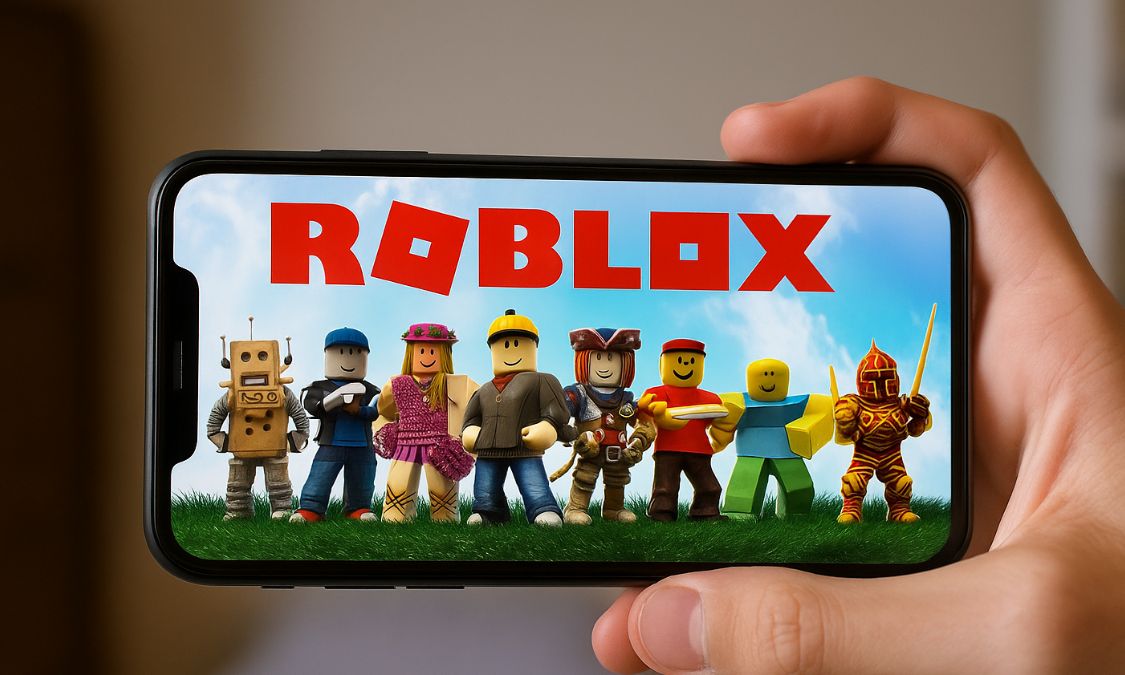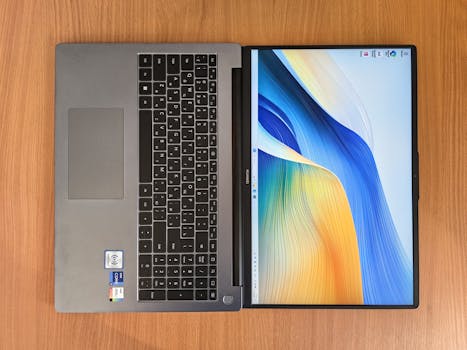Apps
Unraveling Translation Apps: Myths, Truths, and Effectiveness
Advertisement
In recent years, technology has advanced significantly, facilitating communication between people speaking different languages. One of the most impressive innovations in this field is real-time translation apps.
These apps promise to break down language barriers, allowing users to converse without needing to be fluent in the other person's language. However, questions arise about their effectiveness and limitations.
In this article, we'll debunk the myths and truths about real-time translation apps, explaining how they work, their advantages and disadvantages, and the best options available.
What Are Real-Time Translation Apps?
Real-time translation apps are digital tools that automatically convert speech and text from one language to another. They utilize advanced algorithms and artificial intelligence.
These apps can be used in a variety of contexts, from informal conversations to business meetings. They are designed to facilitate communication in both everyday and professional situations.
With the use of microphones and voice processing technology, translation can occur almost instantly. This is a huge draw for travelers and professionals working internationally.
Apps are generally compatible with smartphones and tablets, making them accessible at any time. This convenience drives their popularity worldwide.
Despite their many advantages, it is essential to understand how they work and what limitations they may present, especially in more complex contexts.
Common Myths About Translation Apps
One of the biggest myths about real-time translation apps is that they're 100% accurate. While they're effective, it's important to remember that their capabilities still have limitations.
Another popular myth is that all apps work the same way. In reality, they vary in quality, supported languages, and features.
Furthermore, many believe that these apps replace human translators. While useful, they still can't capture cultural nuances or complex contexts like a human.
Another aspect is that machine translations are always fast. Sometimes, speed can compromise translation quality, resulting in misinterpretations.
Therefore, it is essential to demystify these misconceptions so that users have realistic expectations about what these apps can offer.
Truths About the Effectiveness of Real-Time Translation
Despite their limitations, real-time translation apps have proven extremely effective in simple, straightforward contexts. Everyday conversations often benefit from this technology.
These applications have evolved considerably, using artificial intelligence to learn from previous interactions, improving accuracy over time.
Additionally, many apps now offer additional features, such as translating text into images and voice reading, further expanding their usability.
With the increase in global trade, these apps are essential tools for facilitating negotiations between different countries, saving time and translation costs.
Finally, the constant evolution of technology suggests that the effectiveness of these applications will only increase, becoming more reliable in a wide range of situations.
What Are the Best Translation Apps?
Choosing the ideal translation app can depend on personal preferences and specific needs. We'll list some of the most popular and effective ones currently available.
- Google Translate – widely used and supports multiple languages.
- Microsoft Translator – offers group translation capabilities and integration with other tools.
- iTranslate – known for its user-friendly interface and voice capabilities.
- SayHi – focused on voice conversations, very useful when traveling.
- Reverso – especially good for translating phrases and idioms.
Each of these apps may have features that make them stand out in different contexts. Ease of use and interface are factors to consider when choosing.
Many of these apps offer free versions, though some advanced features may require payment. It's worth experimenting with different options to find the one that works best for you.
Frequent updates also ensure that these apps are always improving and adapting to new languages and expressions that emerge.
Therefore, conducting comparative research on the specific features of each application can be the key to making an informed choice.
Impacts on Global Communication
Real-time translation apps play an important role in global communication, allowing people from different countries to communicate without language barriers.
This impacts international trade, facilitating negotiations and expanding market reach. With globalization, this communication has become even more vital to business success.
Additionally, those who travel frequently benefit as they can interact more easily with locals, enriching their cultural experiences.
However, it is important to use these applications as complementary tools, not as substitutes for cultural understanding and language skills.
Achieving real and effective communication goes beyond mere translation, involving building relationships based on understanding and mutual respect.
Challenges and Limitations of Translation Applications
While real-time translation apps are useful, there are challenges that must be considered. Accuracy, for example, can be compromised in complex or technical texts.
Additionally, the translation may not capture culture-specific slang or idioms, which can lead to confusion in more informal conversations.
Another challenge is the lack of context in some translations, as applications cannot always interpret the meaning of certain phrases correctly.
It is also worth noting that for some lesser-spoken languages, translation quality may be lower due to the smaller amount of data available for training.
For these reasons, it is essential to be aware of the limitations of the applications and use them consciously, always seeking to complement them with linguistic and cultural knowledge when necessary.
Conclusion
Real-time translation apps represent a revolution in the way we communicate in an increasingly globalized world. They facilitate interaction between people speaking different languages, offering practical tools for everyday life.
However, it's essential to distinguish between myths and truths about their effectiveness and limitations. When using these apps, understanding the context and cultural nuances remains crucial.
Choosing the most convenient app should be based on individual needs and the nature of the desired communication. Technology is constantly evolving, and its application will only expand further.
So, be open to exploring these tools, always remembering that effective communication goes beyond translation. It's a true art of connecting with others.
You may also like

Roblox download done, how to get Robux?
Downloaded Roblox and want free Robux safely? Here are some real-world tips to help you get coins without getting scammed.
Keep Reading



